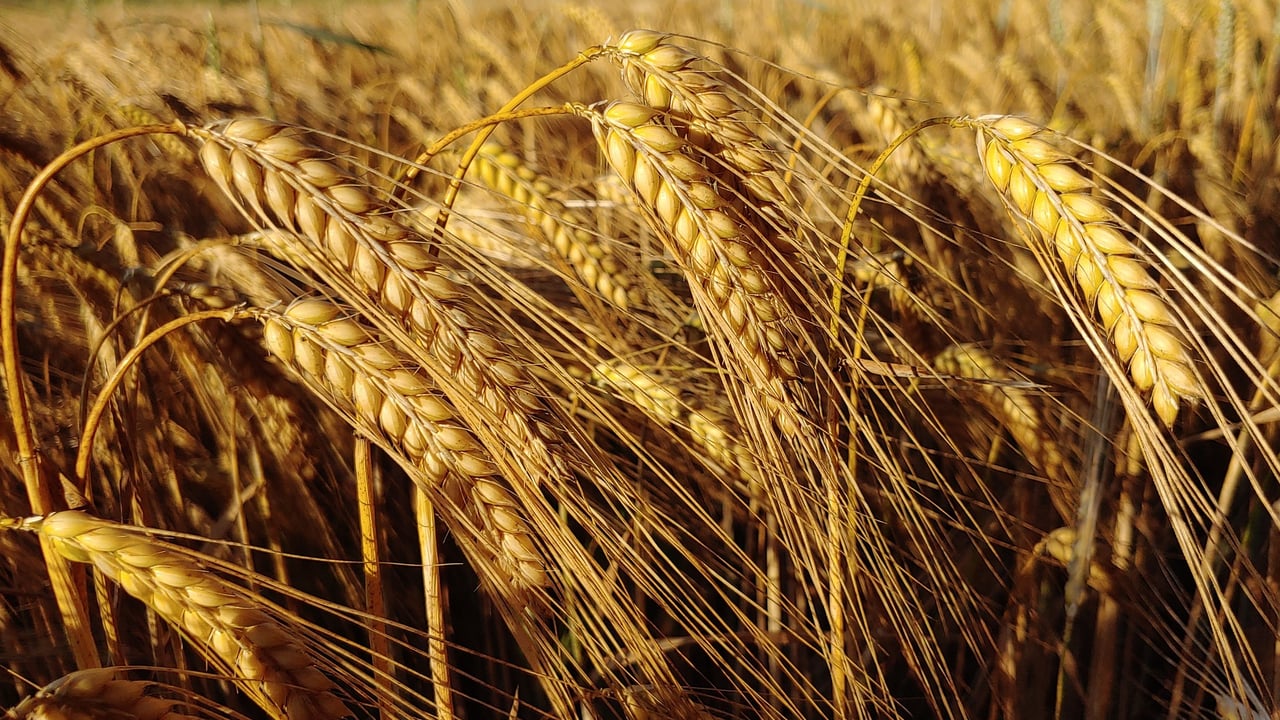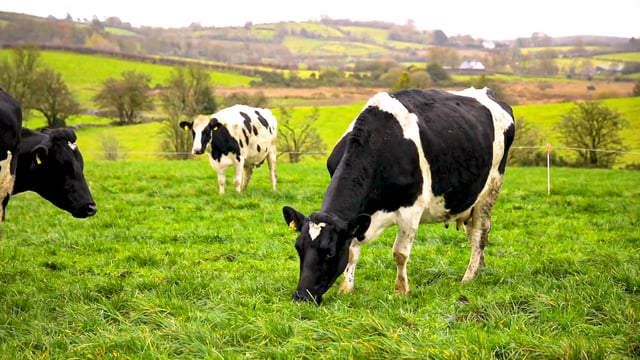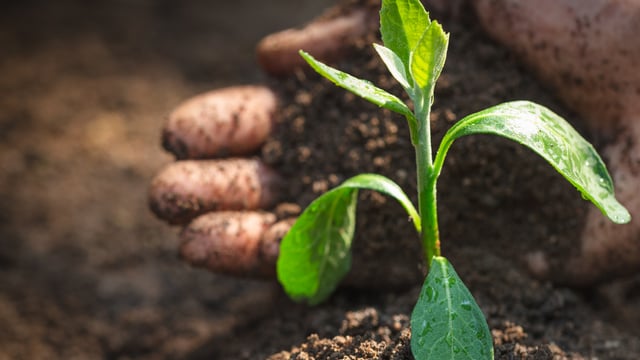Native malting barley acreage set to grow
The growth in sales of Irish whiskey in the US alone will lead to a significant expansion in Ireland’s native malting barley acreage.
A recent edition of the Tillage Edge podcast reviewed the question-and-answer sessions that were key dynamics within the recent Teagasc malting barley webinar.
Eoin Lyons, Teagasc/Boortmalt joint programme malting barley advisor, was asked about the relevance of growing cover crops as part of a malting barley rotation.
He explained:
“A catch crop of oats and mustards will work as a later drilling crop. We would have seen that out on farm.
“Definitely, mustard would have gone in the mid-September period.
“In contrast, a mix of leafy turnip and forage rape will only take up 10kg.
Teagasc’s Dr. Richie Hackett addressed the issue of developing a growth area index (GAI) for catch crops.
He said:
“This work has already been carried out with oilseed rape. Where catch crops are concerned, it gets a bit more complicated, where mixtures are involved.
“Work, carried out abroad, has been undertaken to estimate how much nitrogen is in a crop and how much is likely to become available.
Hackett also addressed the issue of crop nitrogen availability if malting barley is grown in land previously treated with animal manures, or in a freshly ploughed grass ley.
He said:
“Measuring the nitrogen in the soil is only half the story. The unknown is predicting the impact of the decaying vegetation.
“But it is important to have the slurry tested beforehand.”
Hackett advised not to be growing distilling barley varieties in fresh ground, adding:
“Growers would be stacking the odds against themselves from the start by taking this approach.”
Co. Laois grower, David Walsh discussed the impact of catch crops.
He said:
“We have sheep grazing our cover crops at the present time. The will be taken off soon and the ploughing undertaken within days.
“If we are lucky, 15kg of this will be made available to the following barley crop.”





